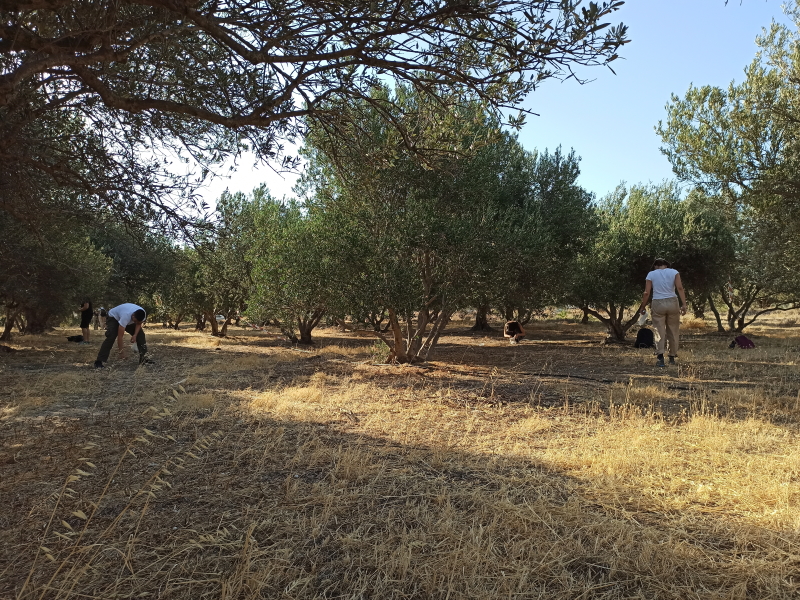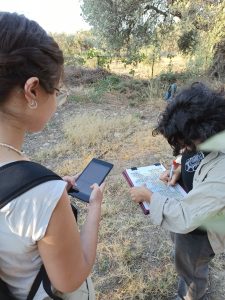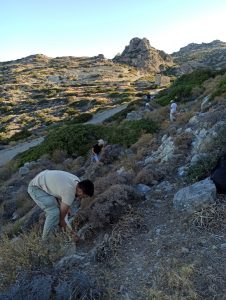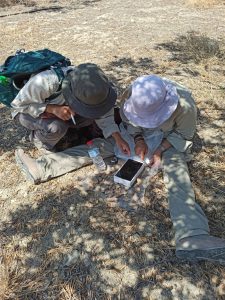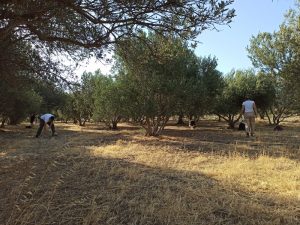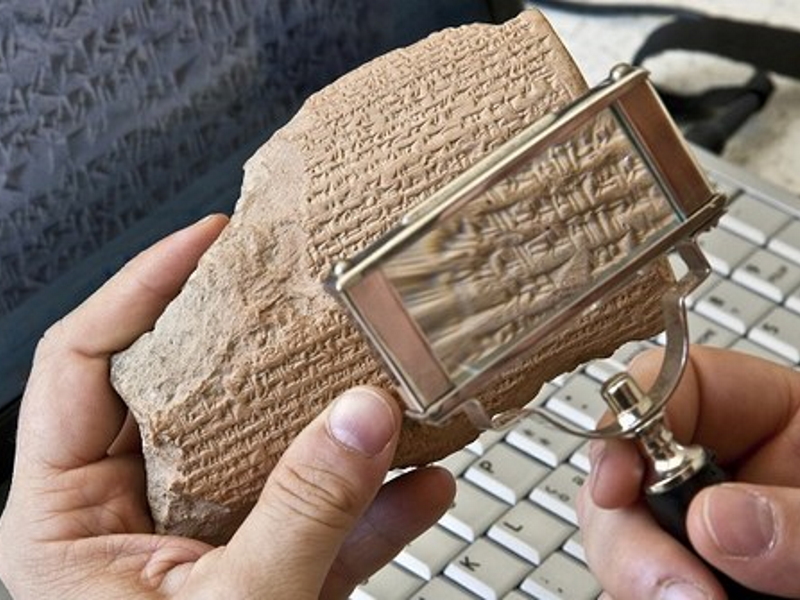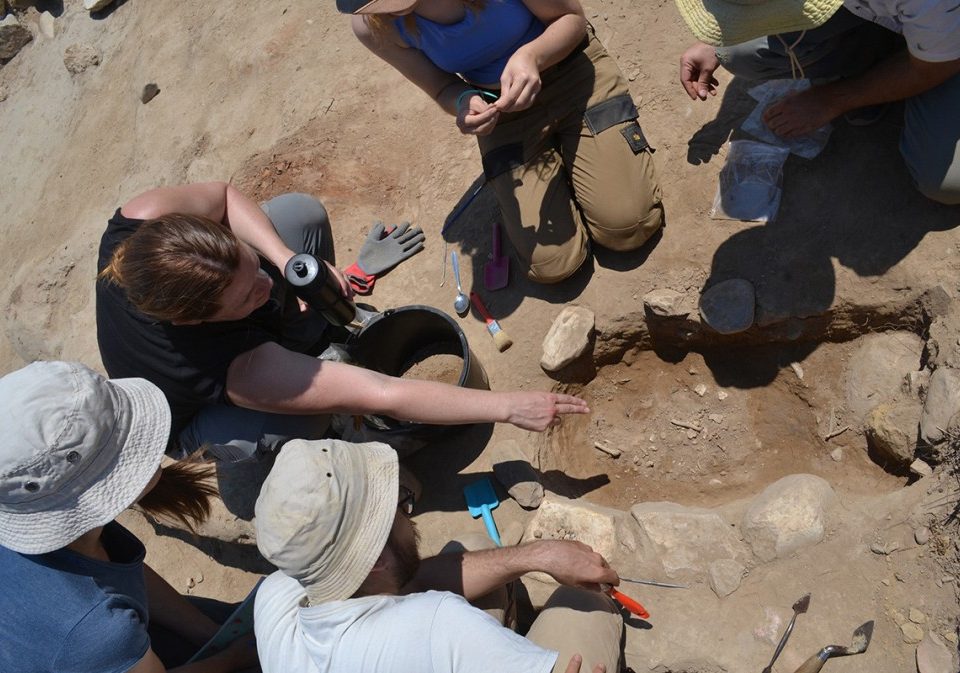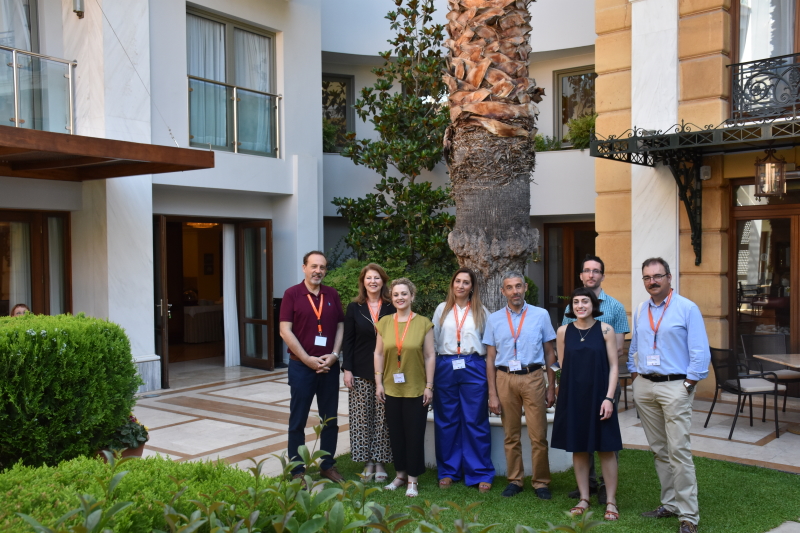In July and August of 2021, the National and Kapodistrian University of Athens, in collaboration with the Greek Archaeological Service (Ephorate of Antiquities of Lasithi) and the Institute for Aegean Prehistory – Study Center for East Crete carried out an intensive archaeological survey of the Ierapetra plain, in East Crete, Greece.
The main aim of the survey is to reconstruct long-term habitation patterns in the area. The project started in 2019 and over the past two years (2019-2020) a large number of sites (56) has been identified on the basis of the density and the extent of pottery sherd scatters in the area. These sites date from the Final Neolithic (c. 3500 BCE) down to the early modern period (18th century CE).
In the third year our aim was to record in detail all the Neolithic and Bronze Age sites (c. 3500-1000 BCE). More than 20 under- and post-graduate students of archaeology from the NKUA participated in this year’s survey, walking over large areas, counting pottery sherds and other finds on the surface, and collecting the most diagnostic ones.
Topographic measurements were made with the use of RTK GNSS receivers; on-site documentation was carried out with the use of tablets and KoBoToolbox, a special data-collection software. Students had learnt the use of these instruments and software as part of the online DELTA blended course (Modules 1 and 2 in particular). So the Ierapetra survey project offered them the opportunity to apply their knowledge and do their practice.
The preliminary results of this year’s work verified the existence of 24 prehistoric sites in the area, most of them farmsteads and/or small hamlets, but also at least 3 medium-sized settlements and one urban center.

